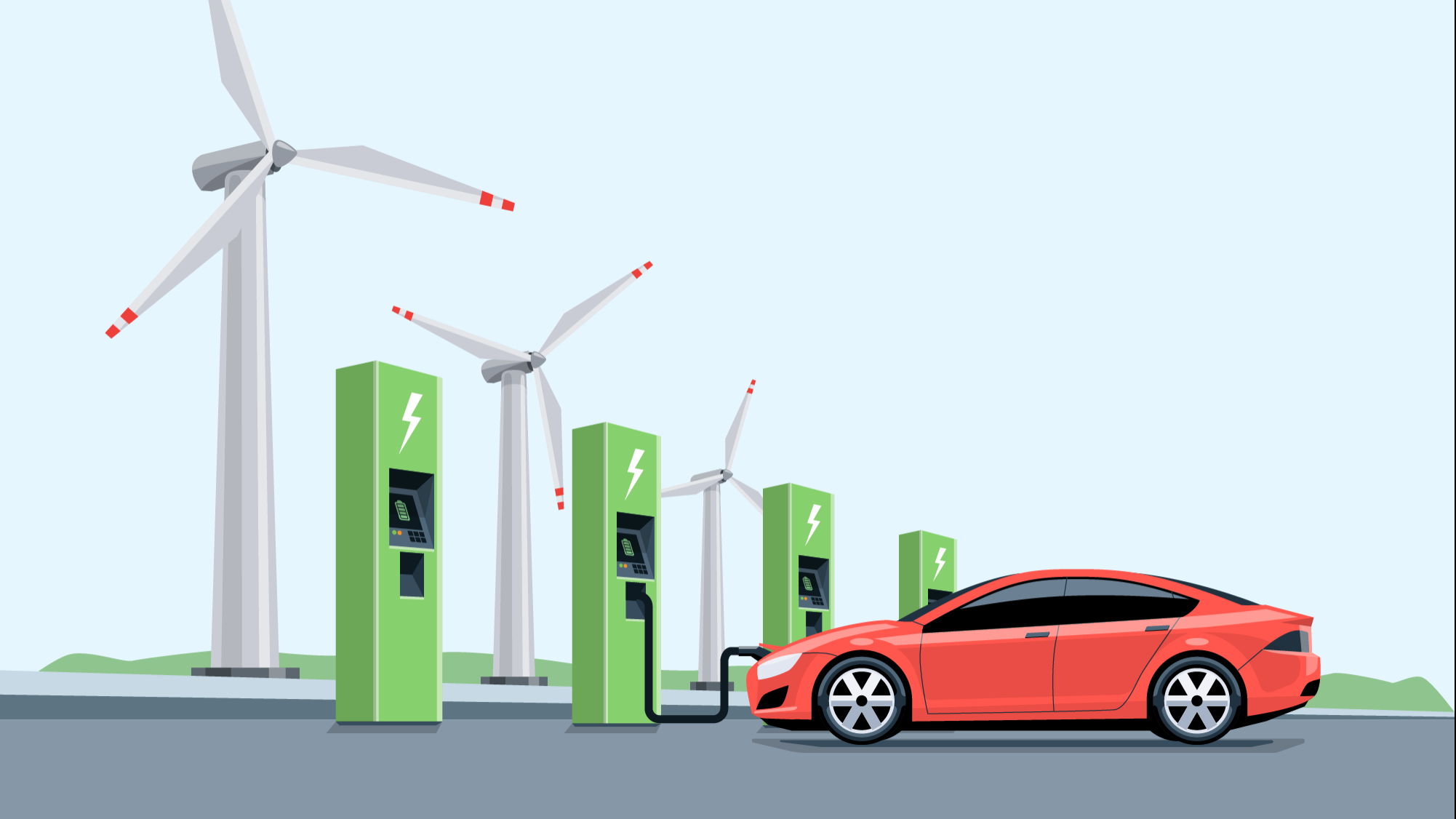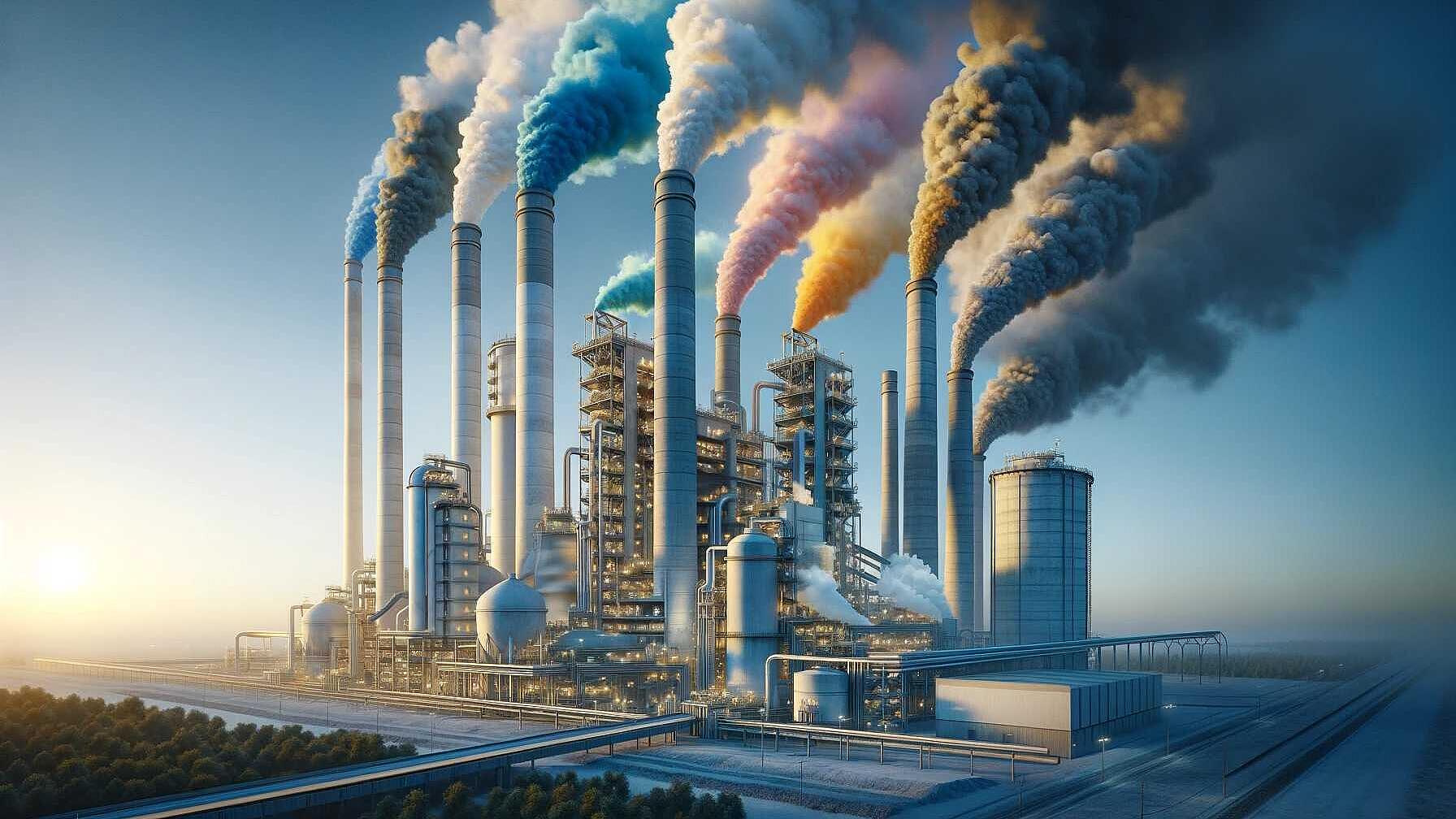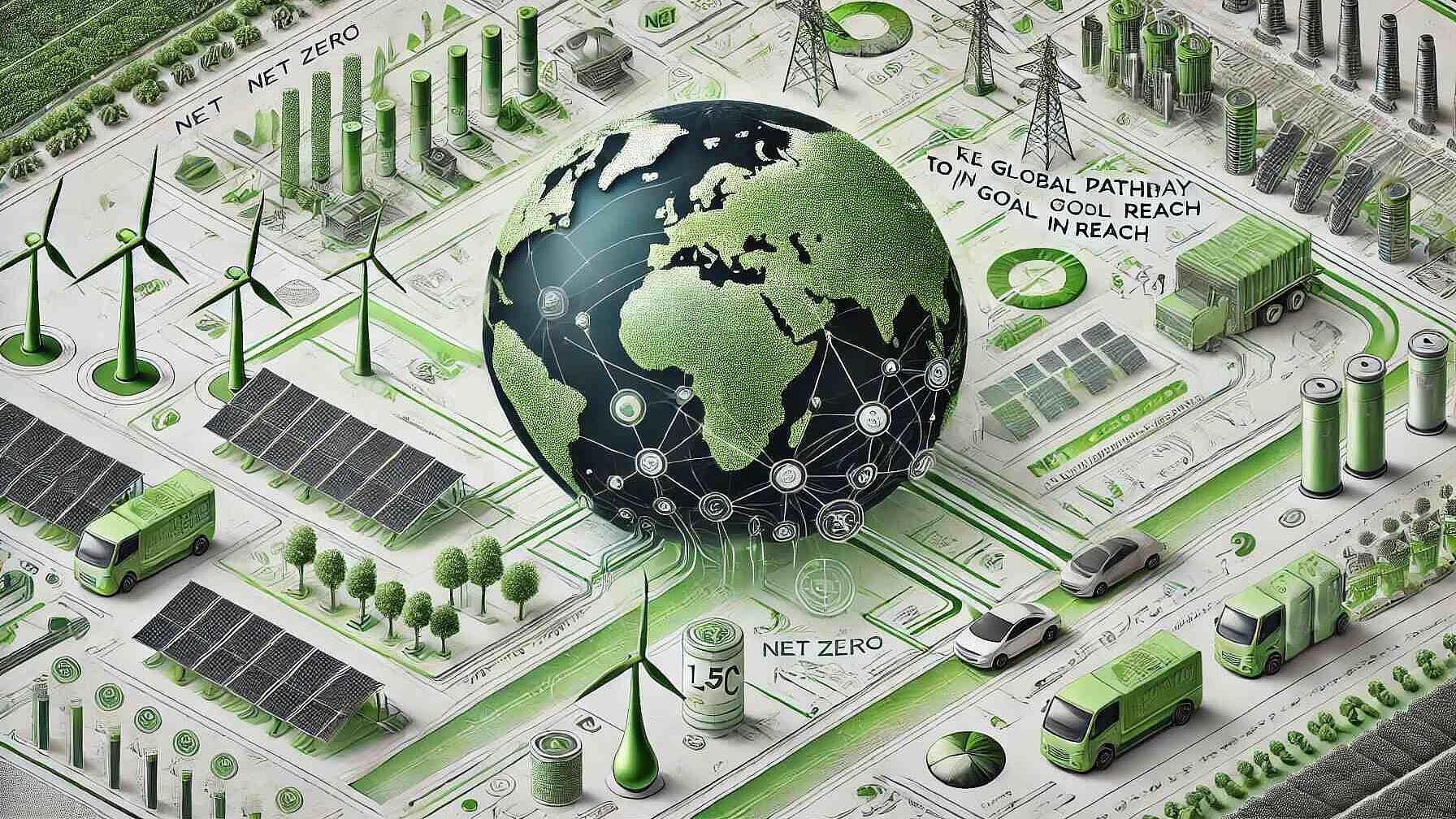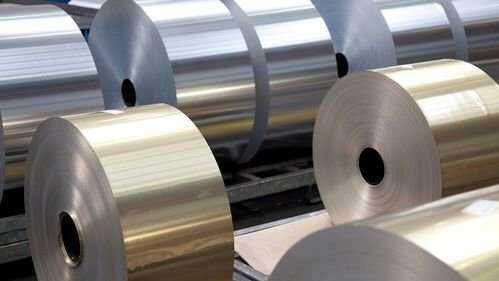 Search Result
Search ResultTowards Zero Emission Mobility in European Transport
Thirteen companies and industry associations from European industry have joined forces and identified key tasks on the upcoming European Union Low Emission Mobility Package. Representing the…
Read Full articleEmissions Impacts of Alternative Fuels Combustion in the Cement Industry
Authors: Ali Hasanbeigi, Navdeep Bhadbhade With over 7% of global CO2 emissions, decarbonization of the cement industry will play a key role in achieving the Paris Climate Agreement targets. The deep…
Read Full articleElectric cars better for climate in 95% of the world
Fears that electric cars could actually increase carbon emissions are unfounded in almost all parts of the world, new research shows. Reports have questioned whether electric cars really are ‘greener’…
Read Full articleCEMBUREAU’s roadmap towards #Cement2050 – a Carbon Neutrality Roadmap
The European Cement Association, CEMBUREAU , the representative organisation of the cement industry in Europe and spokesperson for the cement industry before the EU institutions and other public…
Read Full articleQ&A: Why cement emissions matter for climate change
A builder directs wet concrete from a cement truck into the foundations of a large building. Credit: Peter Righteous/Alamy Stock Photo. First published here . If the cement industry were a country, it…
Read Full articleClimate protection in the company secures the future
In companies today, it is important to take their own measures for climate protection. After all, they are not only under pressure to achieve the political goals they have set. Climate change…
Read Full articleDecarbonising the European Food and Drink Sector: A Net Zero Roadmap
The Climate Challenge and Industry Impact The food and drink manufacturing sector in Europe is facing a significant challenge to reduce its greenhouse gas (GHG) emissions. Currently, this sector is…
Read Full articleAccelerating the Clean Energy Transition: An Updated Roadmap to Net Zero Emissions
The global energy landscape has undergone significant shifts since the International Energy Agency (IEA) published its landmark Net Zero by 2050 report in 2021. While energy-related CO2 emissions…
Read Full articleMore national climate policies expected, but how effective are the existing ones?
Author: European Environment Agency In 2019, EU Member States reported that they had already adopted or were planning to adopt 1925 national policies and corresponding measures to reduce greenhouse…
Read Full articleAluminum Industry: 10 Emerging Technologies for Energy-efficiency and GHG Emissions Reduction
Aluminum production is one of the most energy-intensive industrial processes worldwide. Although about a third of global aluminum production uses electricity from hydropower sources, the increasing…
Read Full article








